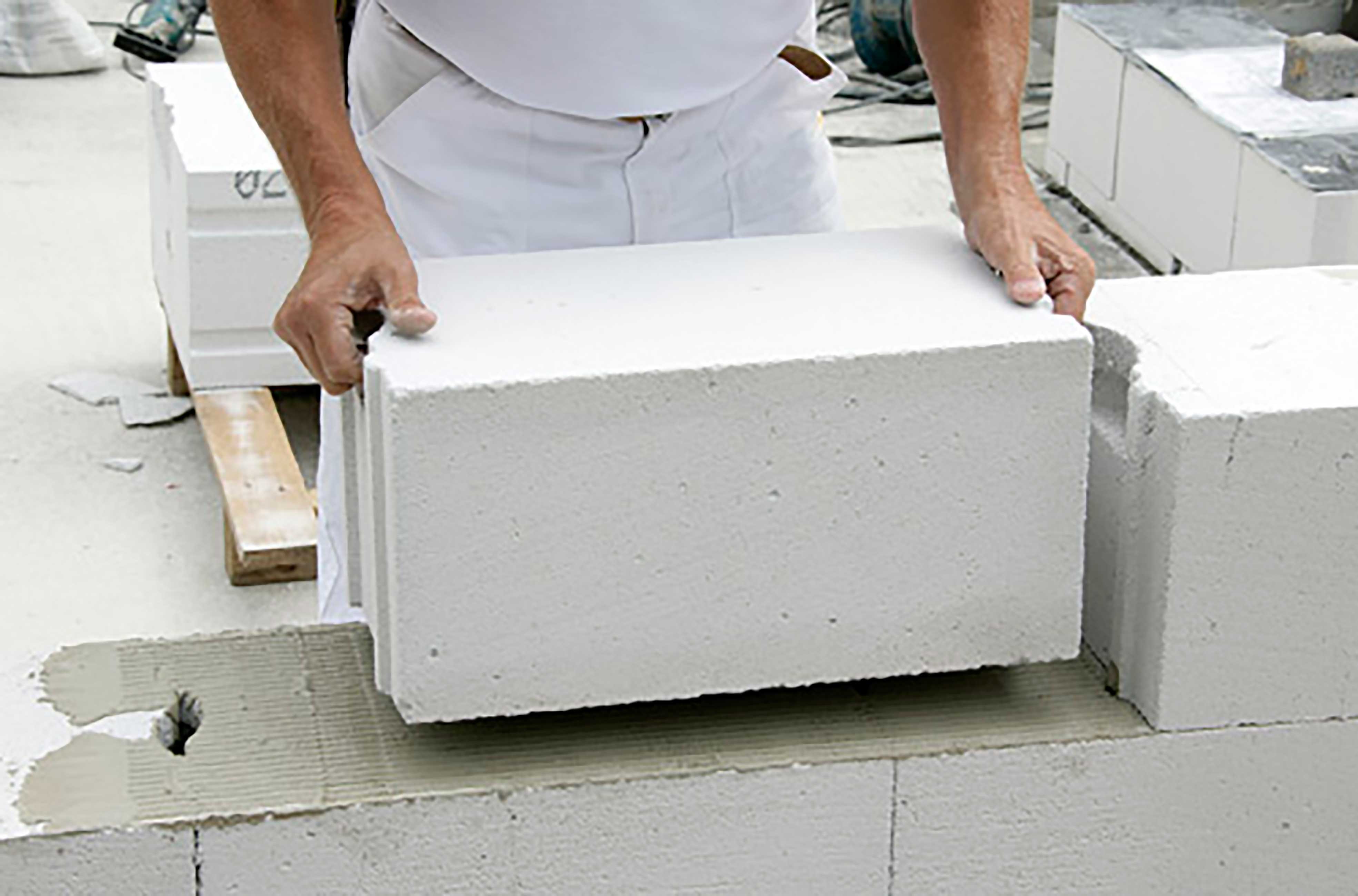

These blocks are sufficiently large, so it can be used for large masonry units that are load-bearing in nature. These types of concrete blocks are dense and bigger than concrete bricks, they are constructed to make sturdy, heavy, and naturally dense aggregates. Some manufacturers use concrete, while others play with its cement and aggregates for financial purposes.ĭifferent manufacturers also made bricks with totally different colours according to the request of some customers.Ĭoncrete bricks are generally used in fences, facades because it offers a good aesthetic and modern look. 2.Concrete Blocks:Ĭoncrete bricks often form small rectangular blocks systematically blocked to form rigid walls. Research shows that the use of autoclaved aerated concrete blocks has lowered general steel and concrete consumption by 15% and 10%.Īutoclaved aerated blocks have various advantages such as cost-benefit, less construction time, remodeling various surfaces & fire resistance.īefore formation of AAC block, a technology statement must be submitted for approval before the work can begin. Most are made with identical materials like bricks, however with a unique structure with reduced prices. H) Aerated Autoclaved Concrete Block (AAC):Īerated autoclaved concrete block types are a lighter and bigger bricks.

They are found to be environment friendly and helpful to most builders because they served several purposes. These lintel blocks are built in such a manner that it serves as a masonry unit and formwork.Īesthetically, lintel blocks have a deep groove where concrete and reinforcing bars are positioned, they serve as an everlasting formwork system for the lintel beam member. These types of concrete blocks are used within the preparation of lintel beams. This helps in applying mortar to the frog blocks and developing a strong bond with the top laying blocks.īullnose bricks are like corner blocks, their duties are similar when we are most in need of round bricks within the corner. F) Frog brick concrete block:įrog brick blocks have a frog-like head with headers and stretchers. The hollow parts are divided into 2-3 elements. The width of partition blocks is larger than its width. Split concrete block types are commonly used to assemble partition walls. Jamb blocks are used in the opening of a large window, attached to a stretcher and corner block.įor the provision of double-hung windows, jamb blocks are very helpful to provide space for external members of the window. C) Concrete column block:Ĭolumn blocks are often referred to as double corner blocks where two ends of the corner are visible. They are arranged in such a way that the end of their plane appears outward and the other end is closed with a stretcher block. This corner block is used at the ends of masonry, these may be window or door openings. In relation to its look, concrete stretcher blocks are comparatively similar to a normal hollow block, however, their faces are parallel with respect to the wall face. They are concrete blocks used to assemble masonry units. Types of hollow concrete block: A) Concrete stretcher block: These blocks are commonly used in the construction industry available in sizes i.e. There are two types of concrete hollow blocks such as load-bearing and non-load bearing concrete hollow blocks. The voids are often filled with mortar of light-weight aggregate materials. Typically, concrete blocks include voids of ¼ its gross area and the strong space should not be lower than half of its space to attain its maximum allowable load capacity.

These blocks are manufactured using lightweight aggregates with a fixed design load that depends on the nature of the member. Types of Concrete Blocks or Concrete Masonry Units Used in Construction: 1.Hollow concrete blocks: ASTM C- 90-91 specifies the compressive strength requirements of concrete masonry units. Their minimum strength is about 3N / mm2. Everything You Need to Know About Concrete Hollow Blocks and Solid Blocks


 0 kommentar(er)
0 kommentar(er)
